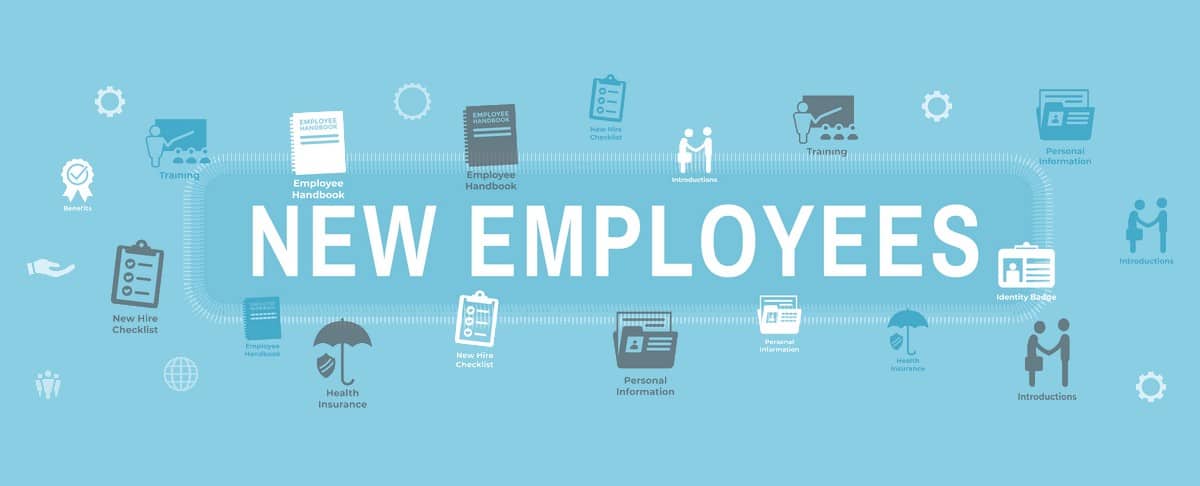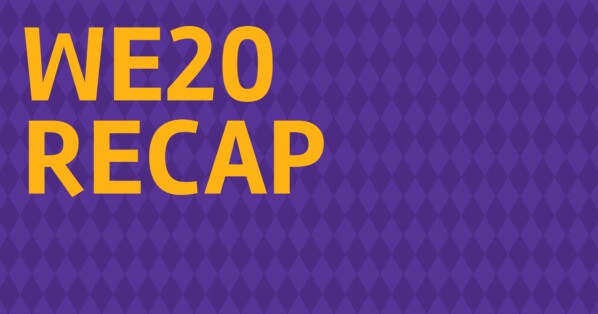 When it comes to onboarding, I’ve heard success stories and horror stories alike. At one end of the spectrum is the employee who joins a cohort of new hires on her first day. They embark on a multiweek training program together, learning about organizational norms and skills for success on the job. Networking is easy during this period because of the shared mutual experience, and everyone builds close working relationships. On the other hand, there’s the employee whose manager doesn’t know she’s starting that day. Upon her arrival, they don’t have the right equipment for her to get started, and thus her laptop permissioning takes days. She’s forced to sort through various uncoordinated documentation and track down the right people to learn from.
When it comes to onboarding, I’ve heard success stories and horror stories alike. At one end of the spectrum is the employee who joins a cohort of new hires on her first day. They embark on a multiweek training program together, learning about organizational norms and skills for success on the job. Networking is easy during this period because of the shared mutual experience, and everyone builds close working relationships. On the other hand, there’s the employee whose manager doesn’t know she’s starting that day. Upon her arrival, they don’t have the right equipment for her to get started, and thus her laptop permissioning takes days. She’s forced to sort through various uncoordinated documentation and track down the right people to learn from.
Onboarding is the first impression that matters most. It validates that the new hire made the right choice in joining the team, helps them ramp up to become effective employees more quickly, and ultimately improves employee retention. The statistics speak for themselves: 25% of new hires leave their companies within the first 12 months, with the cost of losing each new employee equal to two years of salary. Moreover, companies with great employee experiences outperform the Standard and Poor’s (S&P) 500 by 122%, and companies with highly engaged workforces are 21% more profitable than those with poor engagement.
As a veteran on your team, you can help champion an effective onboarding experience:
- Personalize wherever possible. People have a natural desire to fit in and belong, so sending an introductory email to welcome the new employee and choosing a mentor who seems to match their style and personality can help them feel like part of the team. While welcome swag is always a plus (I still use the reusable water bottle I got on my first day), being thoughtful is more important than being lavish; coordinating a welcome letter that immediate team members sign is just as appreciated.
- Develop an employee playbook. Highlight basics such as the team’s vision and policies, but also show how they’ll fit into the larger picture: what departments make up the organization, who their customers and key stakeholders are, and what success looks like. This gives new hires a sense of how their individual contributions can make an impact. It takes time to develop this resource — be it a physical notebook, a website, or an in-person presentation — but it’s worth the investment.
- Showcase your team’s culture initiatives. For example, my department offers an early-in-career cohort, women’s mentoring circles, an LGBTQ+ community, a mentoring matching program, and a monthly book club. All are welcome regardless of how they identify. Individual teams host weekly team lunches, Friday happy hours, community service events, lunch and learns, and more. These programs make it easier for co-workers to collaborate, get to know one another, and support one another.
As a new hire, you can create a fantastic onboarding experience for yourself:
- Feel empowered to ask questions, learn all you can, and offer ideas you may have. A new perspective, unsullied by established practices or traditions, brings creative ideas to the table and combats groupthink. Additionally, you can leverage experiences from your own unique background to contribute to the success of your new team. At my friend’s workplace, a new employee recently started and recognized that the current default tool they were using was familiar, but not the best suited for the job. Pointing this out to his co-workers inspired a more tenured colleague to research and implement the better solution, now widely used across the team.
- Respectfully provide feedback where you see gaps. Maybe a process has changed since the documentation was first written. Perhaps you discovered a new approach that enables quicker ramp up. Maybe there’s no employee playbook at all. As someone seeing these materials with fresh eyes, there’s ample opportunity to build upon them and get credit for it, too. Influencing without authority is a powerful skill to master. Providing quantitative and qualitative data, getting early buy-in and feedback from stakeholders, nurturing relationships in your network, and delivering results to establish credibility over time can also help support your suggestions.
- Seek formal and informal mentorship. I value having a board of mentors, a concept I learned as a collegian during a SWE training session. These people are experts in various areas and I feel comfortable consulting them for advice and diverse points of view. Mentors are vital for helping you maintain momentum when tackling challenges, connecting you with others for questions they can’t answer, and being there as a sounding board. There are no set rules for how often you need to meet with them or what the interactions must consist of, but your “board of mentors” should empower your personal and professional development.
Whether you’ve been on your team for one day or 10 years, you have the power to influence and cultivate a positive onboarding experience.
“Life & Work: Get on Board with Onboarding” was written by Nicole Woon, a SharePoint program manager at Microsoft who graduated from the University of Pennsylvania with an M.S.E. (mechanical engineering) and two B.S.E.s (bioengineering, entrepreneurial management). An active SWE life member, she currently serves on the editorial board and collegiate engagement task force. This article appears in the Winter 2020 issue of SWE Magazine.
Author
-
Nicole Woon is a SharePoint program manager at Microsoft and graduated from the University of Pennsylvania with an M.S.E. (mechanical engineering) and two B.S.E.s (bioengineering, entrepreneurial management). An active SWE life member, she currently serves on the editorial board.







